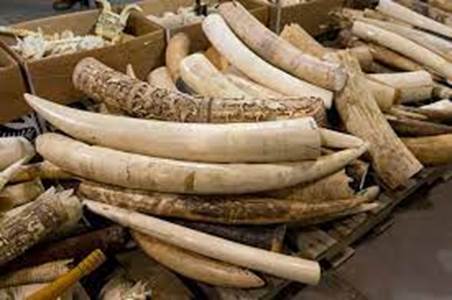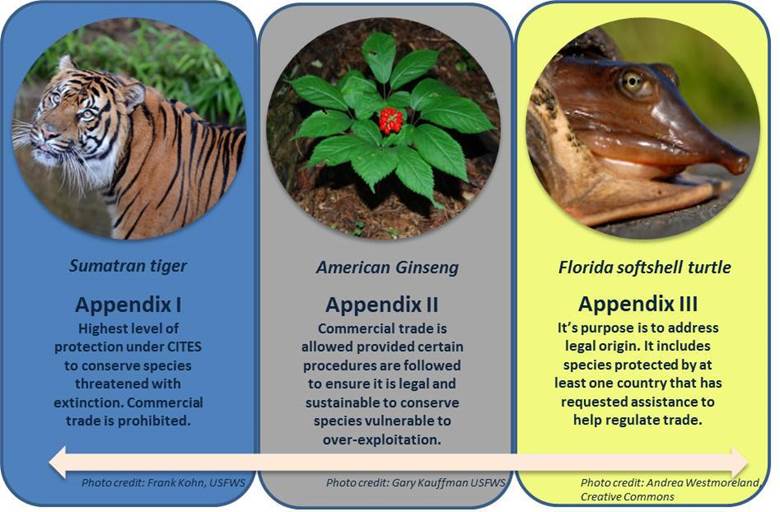INDIA ABSTAINS ON IVORY TRADE VOTE

Copyright infringement not intended
Context: For the first time since joining the Convention on International Trade in Endangered Species of Flora and Fauna (CITES) in 1976, India did not vote against a proposal seeking to re-open the ivory trade.
Details:
- That proposal, to allow a regular form of controlled trade in ivory from Namibia, Botswana, South Africa and Zimbabwe, was defeated 83-15 at the 19th meeting of the CITES Conference of the Parties (CoP19) in Panama City.
- India’s abstention — a break from its past stand — was in tune with what Namibia had asked for when it agreed to transfer cheetahs this summer.
- Under that agreement signed, the two countries committed to promoting “sustainable utilisation and management of biodiversity” by supporting each other “at international forums including meetings” of the CITES.
- While the word “ivory” was not mentioned, Namibia sought India’s backing, under the commitment to support “sustainable management” at CITES, for its longstanding proposal to allow trade in ivory.
Background:
- For over three decades, India has opposed the international ivory trade.
- In fact, India designed the iconic CITES logo in the form of an elephant way back in 1981.
- The ivory trade was globally banned in 1989 when all African elephant populations were put in CITES Appendix I.
- The populations of Namibia, Botswana and Zimbabwe were transferred to Appendix II in 1997 and South Africa’s in 2000.
- No trade is allowed in species listed in CITES Appendix I while trade is strictly regulated in those under Appendix II.
- In 1999 and 2008, Namibia, along with Zimbabwe and, later, Botswana and South Africa, was permitted by CITES to conduct one-off sales of ivory stockpiled from natural elephant deaths and seizures from poachers.
- Subsequently, Namibia’s proposal for allowing a regular form of controlled trade in ivory by delisting the elephant populations of the four countries from CITES Appendix II was rejected at the CoP17 (2016) and CoP18 (2019). At CoP19, the proposal was moved by Zimbabwe but met the same fate yet again.
- Namibia and other southern African countries argue that their elephant populations have bounced back and that their stockpiled ivory, if sold internationally, can generate much-needed revenue for elephant conservation and incentivizing communities.
- Opponents of the ivory trade counter that any form of supply stokes demand and that sharp spikes in elephant poaching were recorded across the globe after one-off sales were allowed by the CITES in 1999 and 2008.
About the CITES:
- Also known as the Washington Convention, CITES is an international agreement (Secretariat - Geneva, Switzerland) between governments to ensure that international trade in wild animals and plants does not threaten the survival of the species.
- It was drafted at a meeting of members of the International Union for Conservation of Nature (IUCN) in 1963.
- The convention was opened for signature (in Washington D.C.) in 1973 and CITES entered into force on 1 July 1975.
- With 184 Parties today (India since 1976), CITES is one of the conservation treaties with the most members.
- Although CITES is legally binding on the Parties (meaning they must implement the Convention), it does not replace national legislation.
- Under CITES, plant and animal specimens are classified into three categories (Appendices) based on the threat to their extinction.
- The Convention requires countries to regulate the trade of all listed specimens of wild animals and plants through permits and also seeks to regulate the possession of live animal specimens.





1.png)
